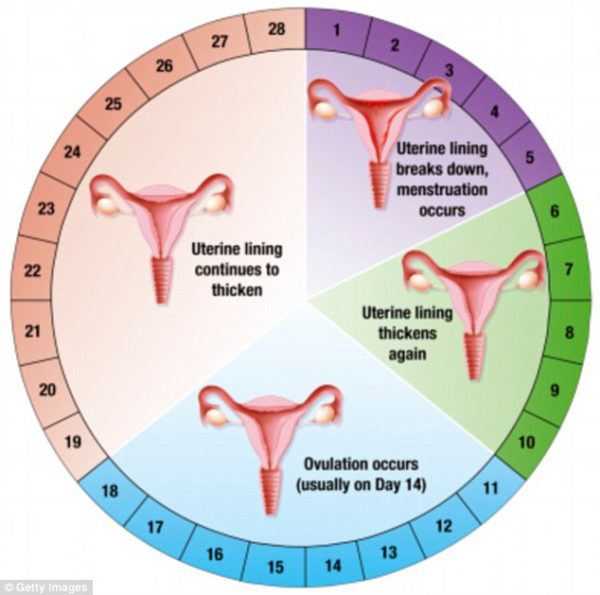
Pregnancy and the Menstrual Cycle: A Comprehensive Guide
Introduction
The menstrual cycle is a complex hormonal process that prepares the female body for pregnancy each month. When pregnancy occurs, the menstrual cycle is disrupted, leading to a cascade of physiological changes that support the developing fetus. Understanding the interplay between pregnancy and the menstrual cycle is crucial for both expectant mothers and healthcare providers.
The Menstrual Cycle
The menstrual cycle typically lasts 28 days, although variations are common. It is divided into four phases:
- Menstrual Phase: The cycle begins with the shedding of the uterine lining (menstruation). This phase typically lasts 3-5 days.
- Follicular Phase: The pituitary gland releases follicle-stimulating hormone (FSH), which stimulates the growth of follicles in the ovaries. One follicle becomes dominant and releases an egg (ovulation). This phase lasts 10-14 days.
- Ovulatory Phase: Ovulation occurs when the mature egg is released from the ovary. This phase lasts 1-2 days.
- Luteal Phase: After ovulation, the follicle transforms into the corpus luteum, which produces progesterone. Progesterone prepares the uterine lining for implantation of a fertilized egg. If implantation does not occur, the corpus luteum degenerates, progesterone levels drop, and the menstrual phase begins again.
Pregnancy and the Menstrual Cycle
When pregnancy occurs, the fertilized egg implants in the uterine lining. This triggers the production of human chorionic gonadotropin (hCG), a hormone that maintains the corpus luteum and prevents menstruation. As hCG levels rise, progesterone production increases, supporting the developing embryo and preparing the uterus for pregnancy.
Physiological Changes During Pregnancy
The hormonal changes associated with pregnancy lead to a range of physiological changes:
- Breast Changes: Estrogen and progesterone stimulate breast growth and prepare them for lactation.
- Uterine Enlargement: The uterus expands to accommodate the growing fetus.
- Increased Blood Volume: Blood volume increases to meet the metabolic demands of pregnancy.
- Relaxin Production: Relaxin, a hormone produced during pregnancy, relaxes ligaments and joints, allowing for uterine expansion and childbirth.
- Weight Gain: Weight gain occurs due to the growth of the fetus, placenta, and increased blood volume.
Missed Period
One of the earliest signs of pregnancy is a missed period. When pregnancy occurs, the menstrual cycle is disrupted, and menstruation does not occur. This is because hCG prevents the corpus luteum from degenerating and maintains progesterone levels.
Other Pregnancy Symptoms
In addition to a missed period, other early pregnancy symptoms may include:
- Nausea and vomiting (morning sickness)
- Fatigue
- Breast tenderness
- Frequent urination
- Mood swings
Confirming Pregnancy
A missed period is not a definitive sign of pregnancy. To confirm pregnancy, a pregnancy test or blood test can be performed. Pregnancy tests detect hCG levels in the urine or blood.
Prenatal Care
Once pregnancy is confirmed, it is essential to establish prenatal care. Prenatal care involves regular checkups with a healthcare provider to monitor the health of the mother and fetus. Prenatal care includes:
- Physical exams
- Blood tests
- Ultrasound scans
- Nutritional counseling
- Education on pregnancy and childbirth
Conclusion
Pregnancy and the menstrual cycle are intricately linked. When pregnancy occurs, the menstrual cycle is disrupted, leading to a cascade of physiological changes that support the developing fetus. Understanding the interplay between these processes is crucial for expectant mothers and healthcare providers to ensure a healthy pregnancy and delivery.